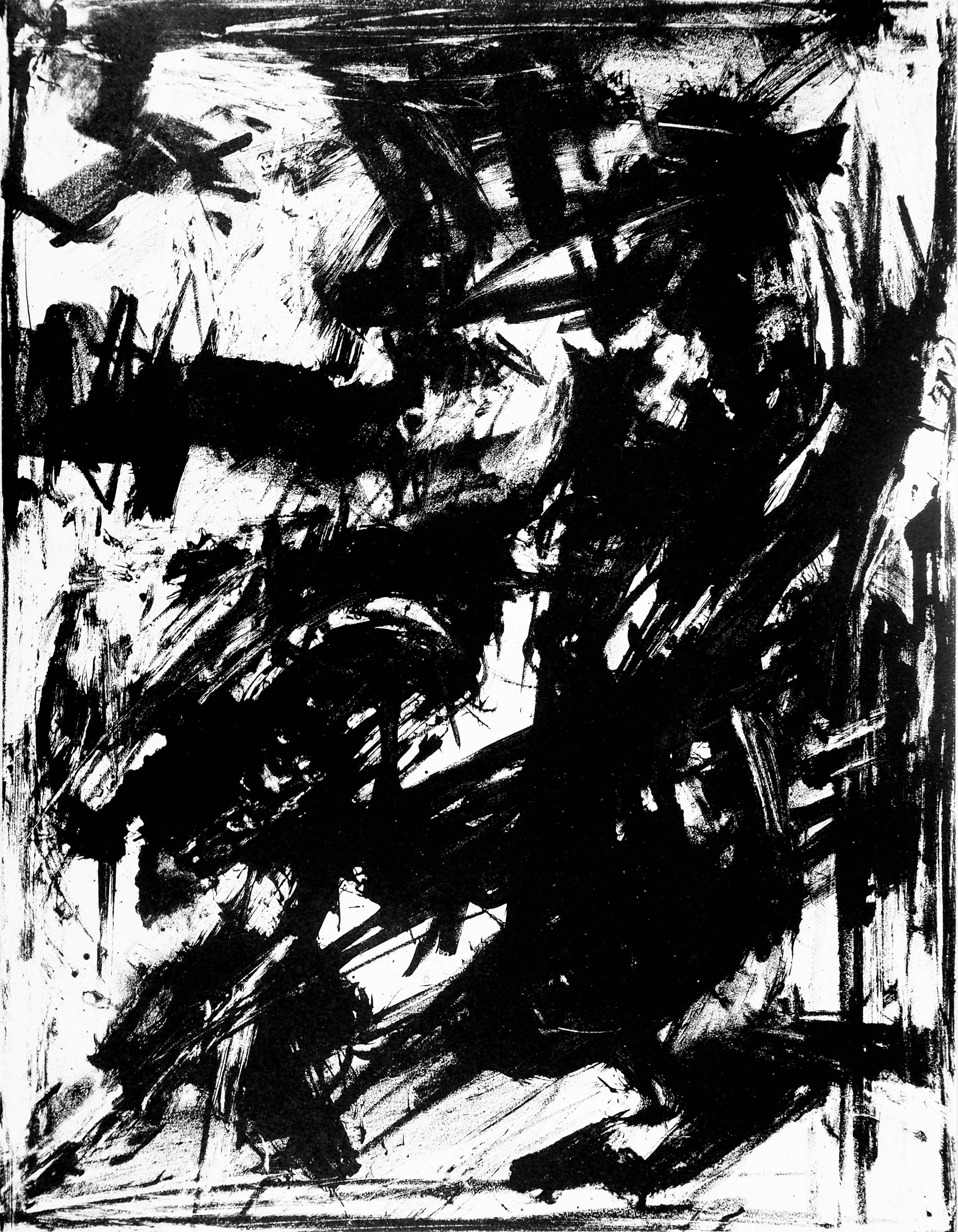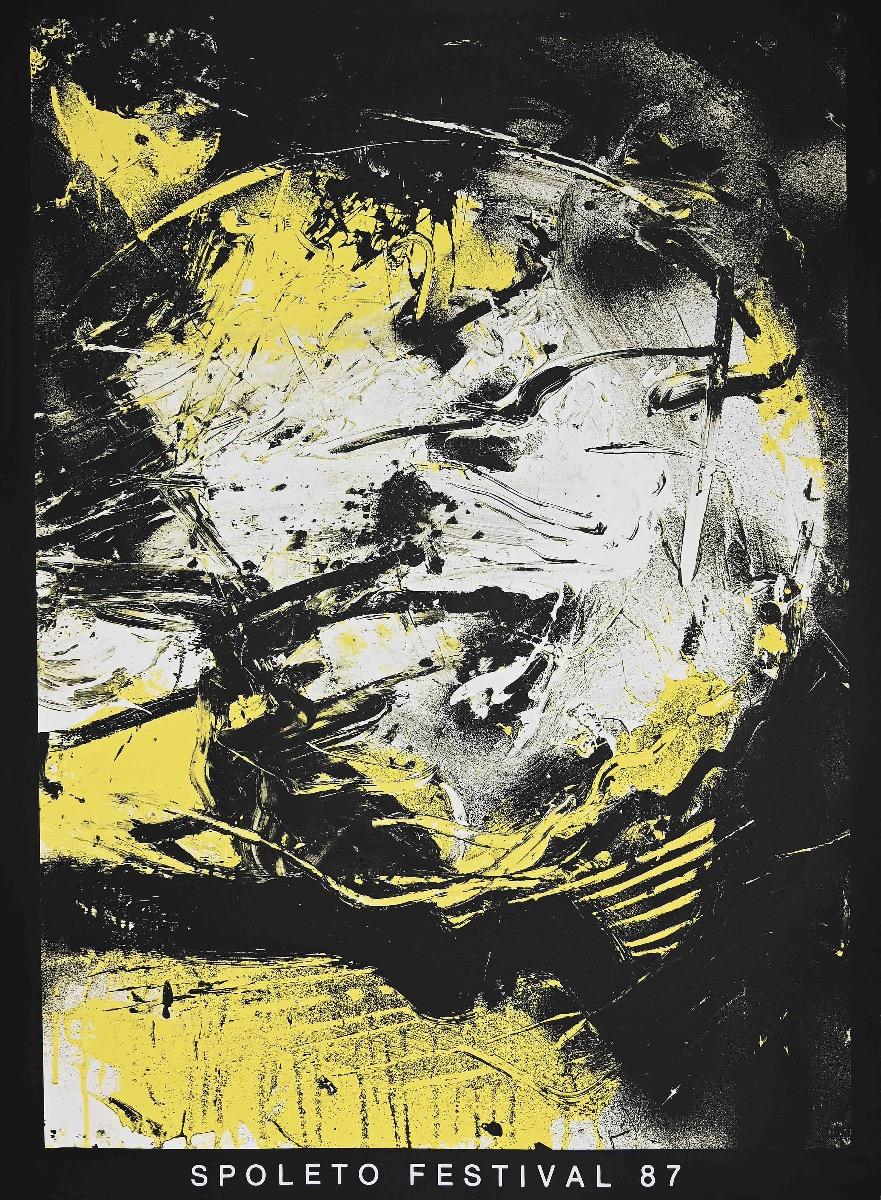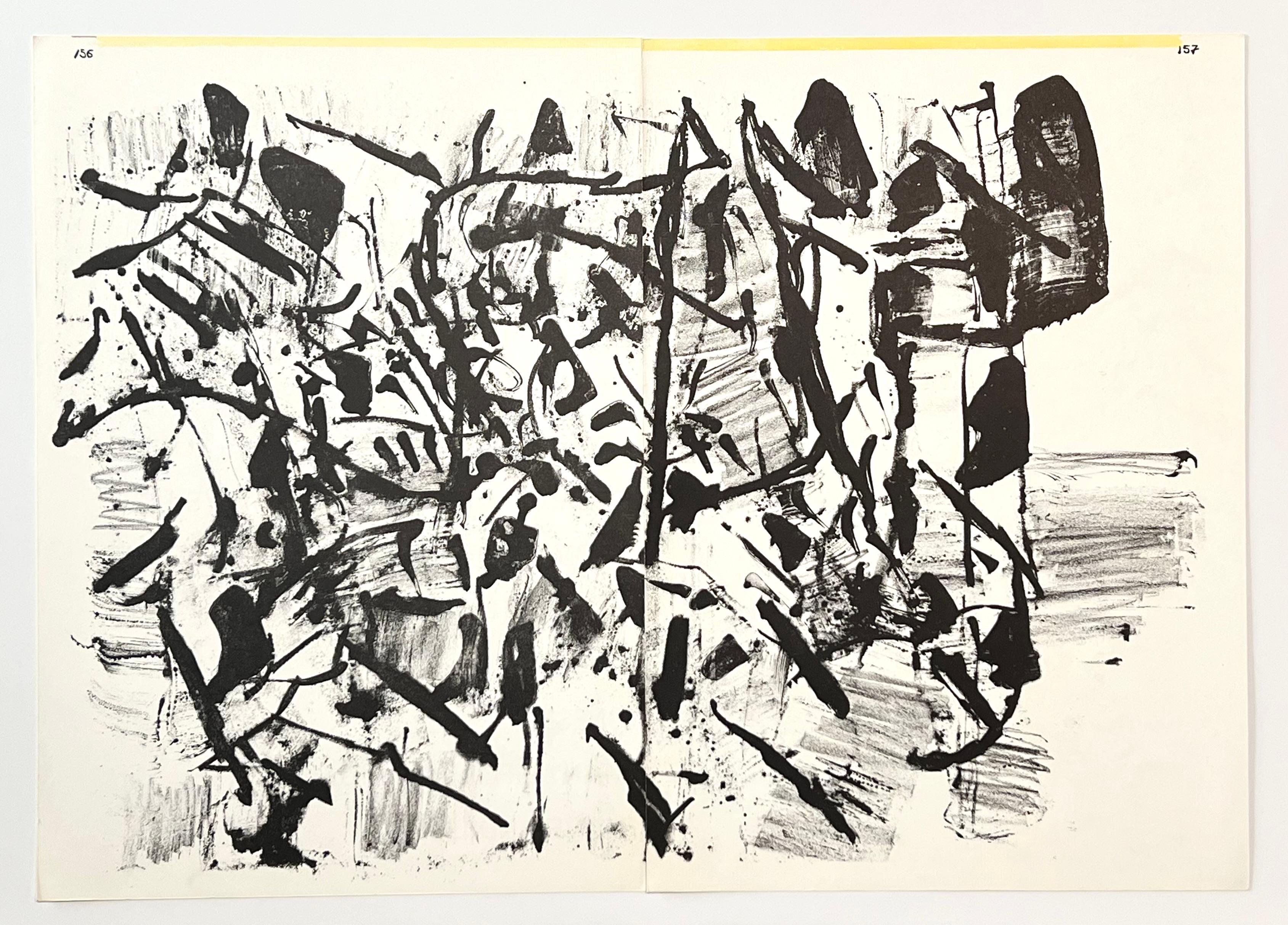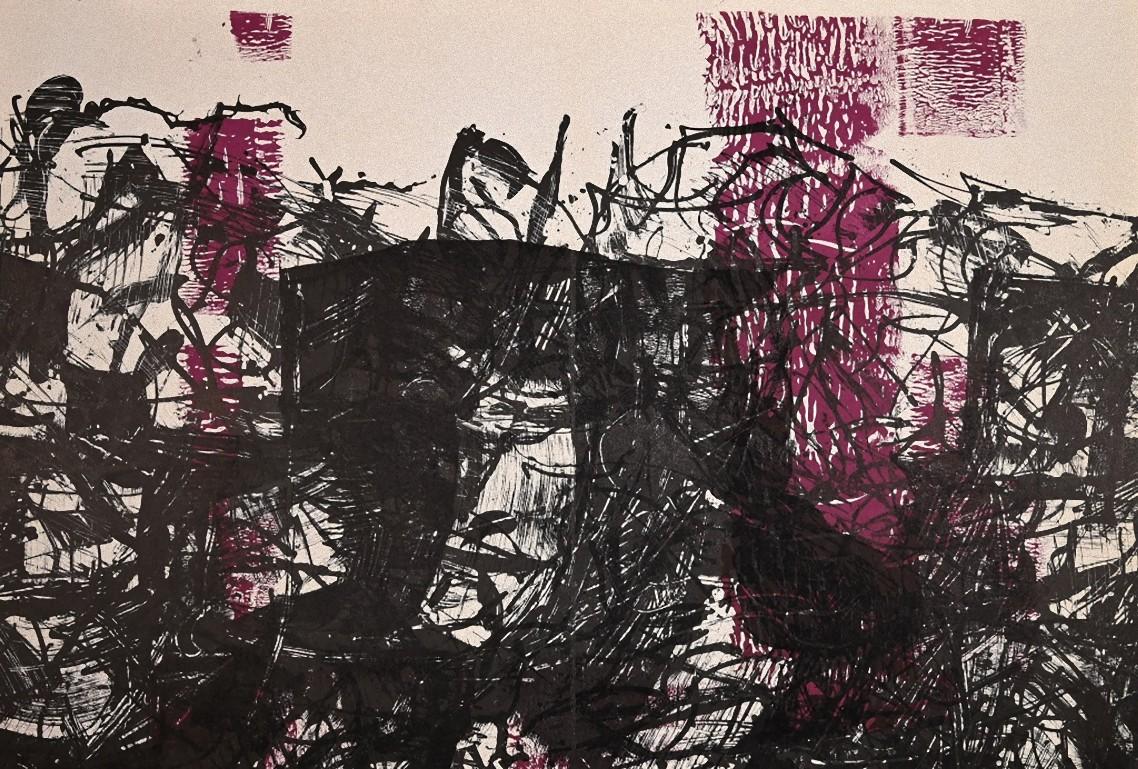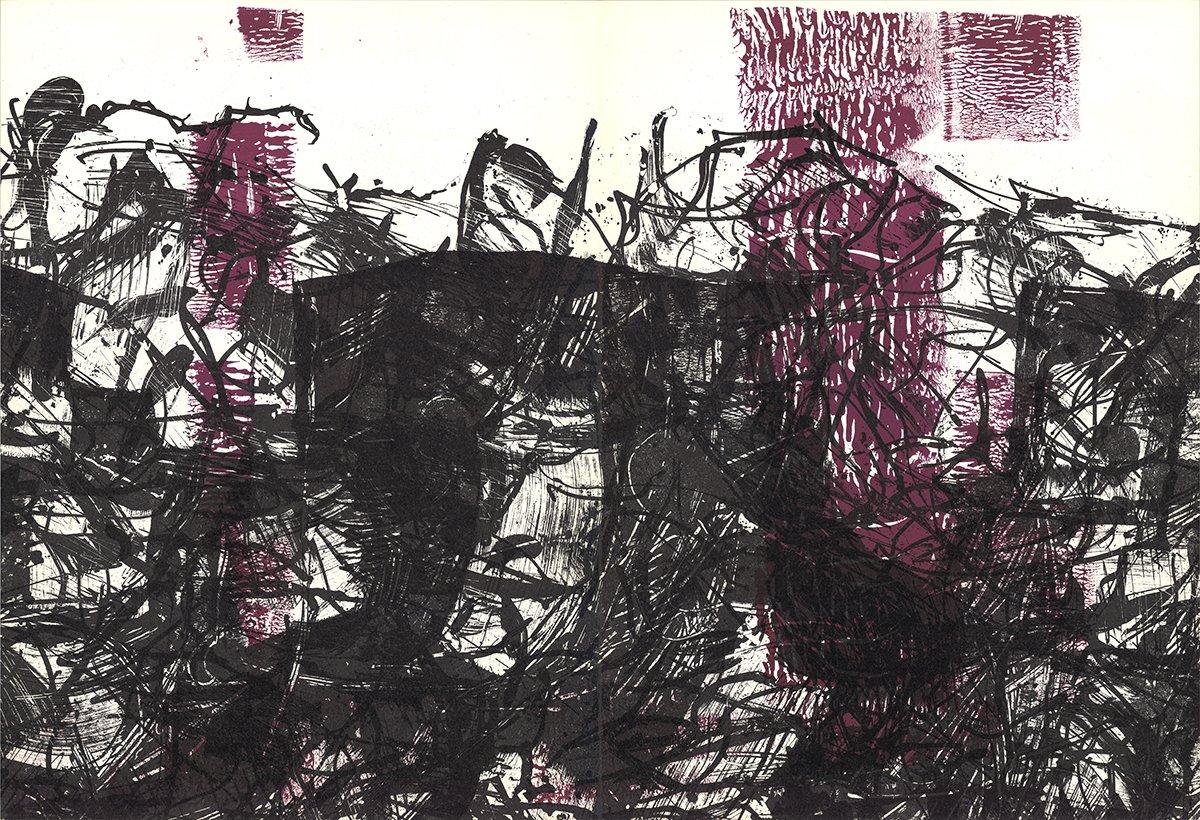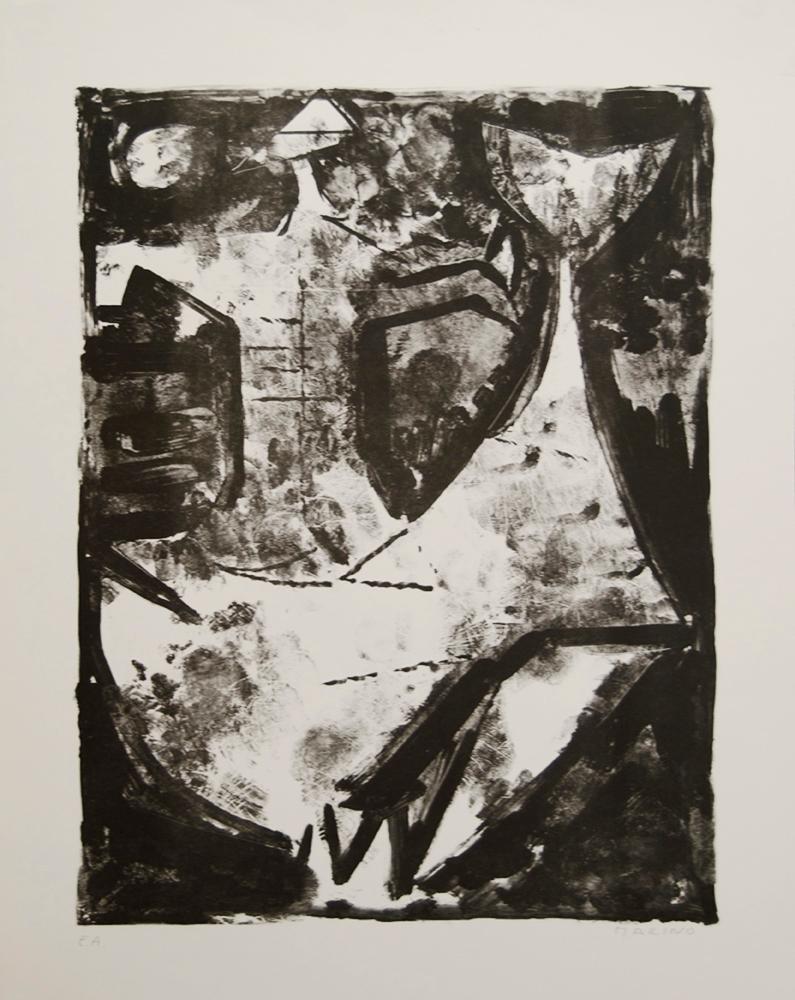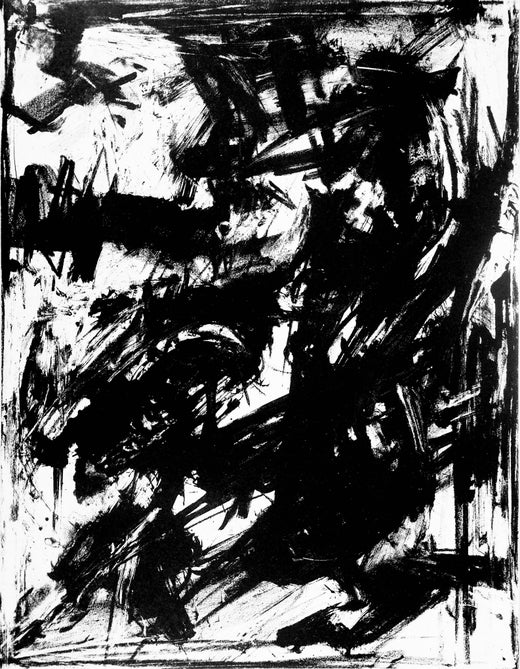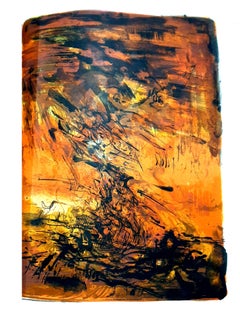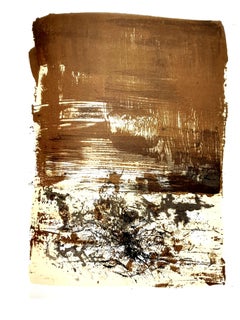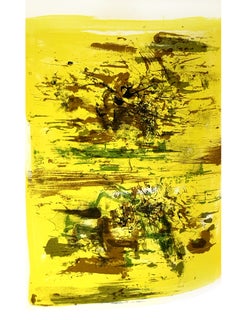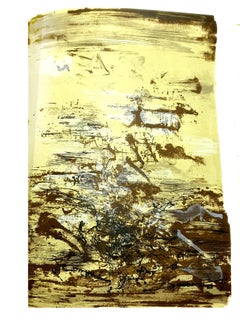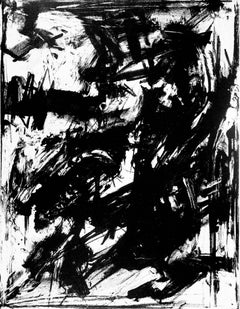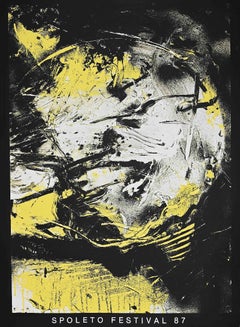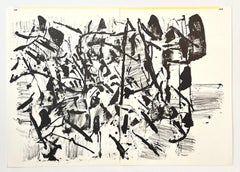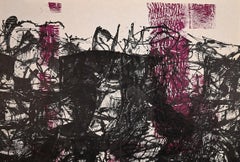Emilio VedovaEmilio Vedova - Original Lithograph1961
1961
About the Item
- Creator:Emilio Vedova (1916 - 2006, Italian)
- Creation Year:1961
- Dimensions:Height: 12.6 in (32 cm)Width: 9.45 in (24 cm)Depth: 0.04 in (1 mm)
- Medium:
- Movement & Style:
- Period:
- Condition:
- Gallery Location:Collonge Bellerive, Geneve, CH
- Reference Number:1stDibs: LU16123774491
Emilio Vedova
Emilio Vedova was a self-taught artist, he joined the Milanese anti-Fascist artists’ association, Corrente. In 1946, in Milan, he collaborated with Morlotti on the manifesto “Oltre Guernica” and was a founding member of the Fronte Nuovo delle Arti from 1946–50 in Venice. In 1952, Vedova participated in the Gruppo degli Otto Pittori Italiani and exhibited at the Venice Biennale. Vedova was also the Italian representative at the first Documenta in 1955 and won a Guggenheim International Award in 1956. In 1959, he exhibited his large L-shaped canvases Scontro di situazioni, in an environment created by Carlo Scarpa. Vedova was awarded the Grand Prize for painting at the 1960 Venice Biennale. After the late 1970s, he experimented with a variety of techniques and formats such as the mobile works on steel rails. In 1995, he began a new series of multifaceted and manipulable painted objects called Disk-Multiple (Disco-Plurimo).
- ShippingRetrieving quote...Shipping from: Collonge Bellerive, Geneve, Switzerland
- Return Policy
More From This Seller
View All1960s Abstract Expressionist Abstract Prints
Lithograph
1960s Abstract Expressionist Abstract Prints
Lithograph
1960s Abstract Expressionist Abstract Prints
Lithograph
1960s Abstract Expressionist Abstract Prints
Lithograph
1960s Abstract Expressionist Abstract Prints
Lithograph
1960s Abstract Expressionist Abstract Prints
Lithograph
You May Also Like
1960s Modern Abstract Prints
Lithograph
1980s Abstract Abstract Prints
Lithograph
1960s Prints and Multiples
Lithograph
1960s Abstract Abstract Prints
Lithograph
1960s Prints and Multiples
Lithograph
1960s More Prints
Lithograph
